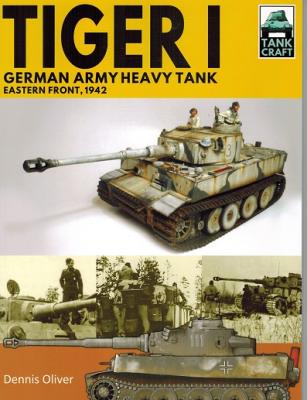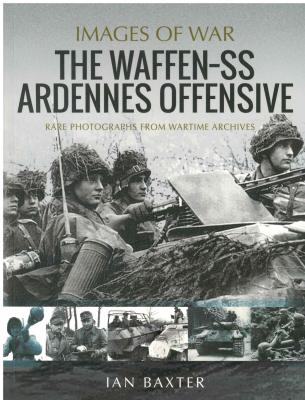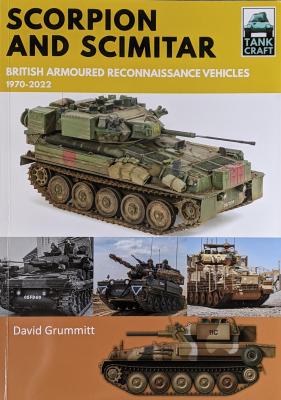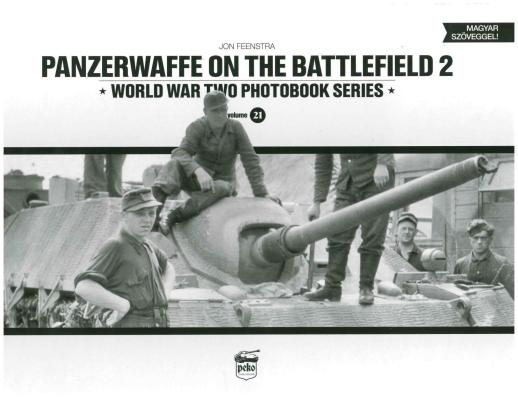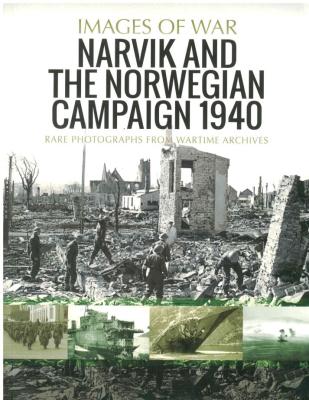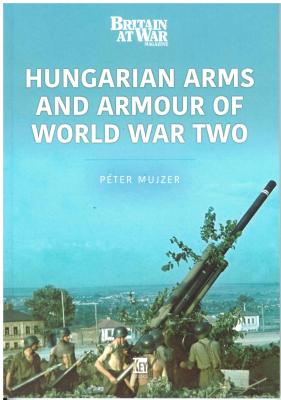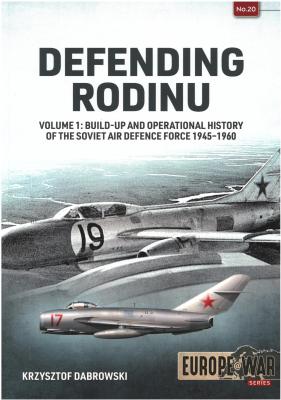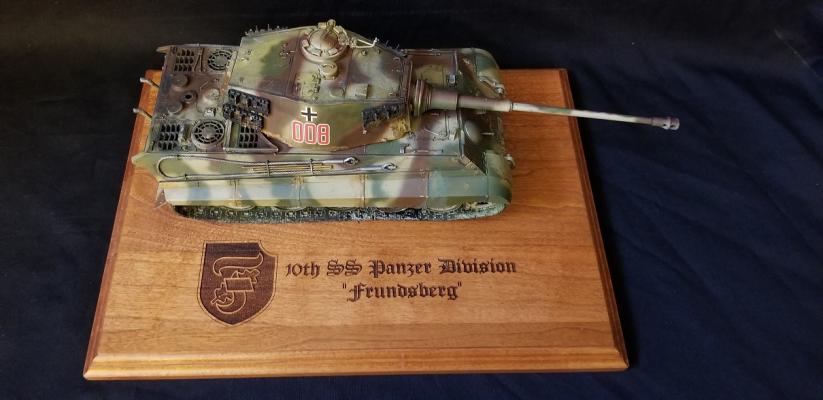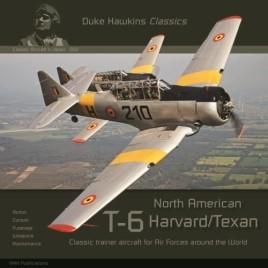This is the 30th offering of this series and the 7th in the detailing of the Tiger I and Tiger II .
The book is divided in 8 section/chapters, and include an Introduction, The Eastern Front- August, 1942- March, The Tiger Units, Camouflage and Markings, Model Showcase, Modelling Products, Technical Details and Product Contact Details.
The book focuses on the first vehicles that left the production line and that went into battle during late 1942 and early 1943. There is a detailed description of the use of the vehicles from 1 August, 1942 through 31 March, 1943. This is followed by a table stating the number of tanks in each Tank Unit in August, 1942.
Next, we go into the reporting of each unit that used the Tiger I during the time previously mentioned. There are several tables indicating the table of operations for units 501 and 503, as well as the allocation of vehicles received, lost, on hand and operational.

